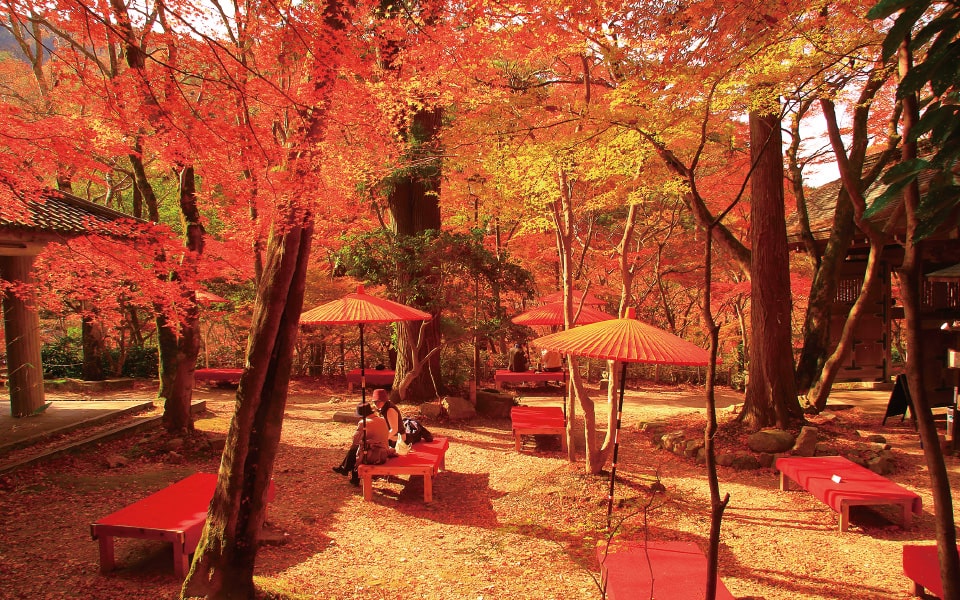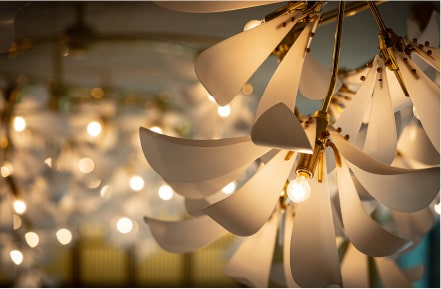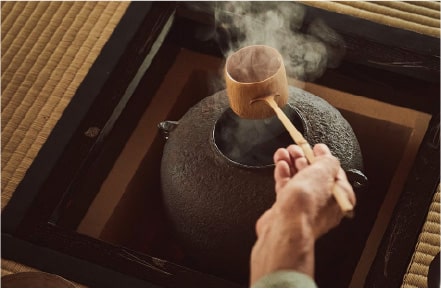History of Arima Onsen
Arima Onsen is one of the oldest – and arguably most famous – hot spring towns in Japan. This storied onsen town, known for its therapeutic springs, appears in some of the country’s oldest literature – Nihon Shoki (Chronicles of Japan), the second-oldest book of classical Japanese history written in the year 720, as well as in Makura no Sōshi (The Pillow Book) by Sei Shōnagon, a record of the author’s daily musings of life in the imperial court, completed in 1002. There are two types of spring water that feed the various baths around town. Golden-brown water called “kinsen” is rich in iron and salt, and it’s known for its skin-moisturizing and warming effects, ideal for skin-related ailments. Meanwhile, silver water called “ginsen”, loaded with radium and carbonate, is said to be perfect for muscle and joint relief.
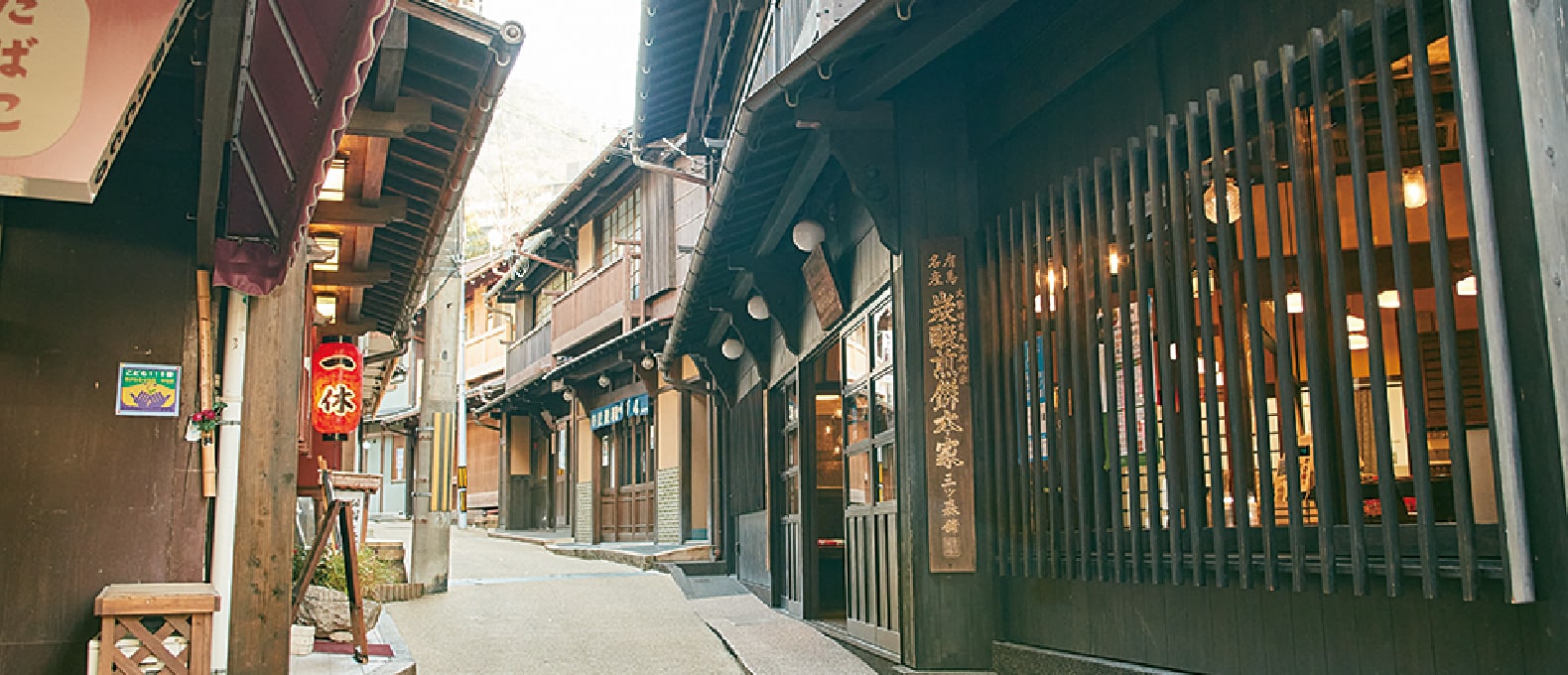
What makes Arima Onsen unique
There are two types of non-volcanic hot springs in Arima.
One is a brown-hued spring water called "kinsen" (gold spring), rich in iron and salt. It is said to have skin-moisturizing qualities and warming effects that promote better sleep.
Meanwhile, transparent spring water called "ginsen" (silver spring) is loaded with carbon dioxide that expands capillaries and improves blood circulation. The water also contain radon, and it is believed that absorbing trace amounts of adiation emitted by radon can stimulate body cells, leading to improved immunity and better blood flow.
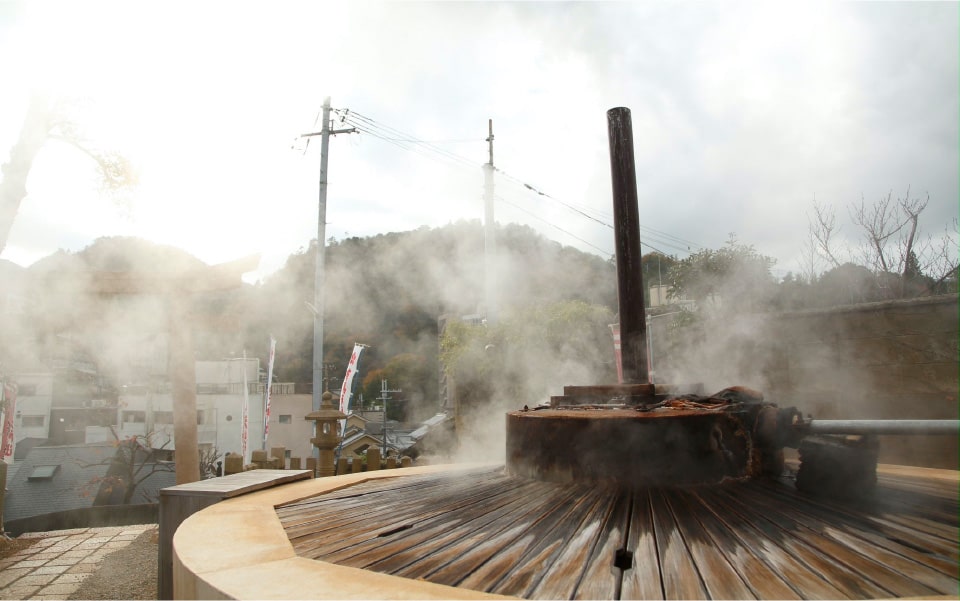
KINSEN
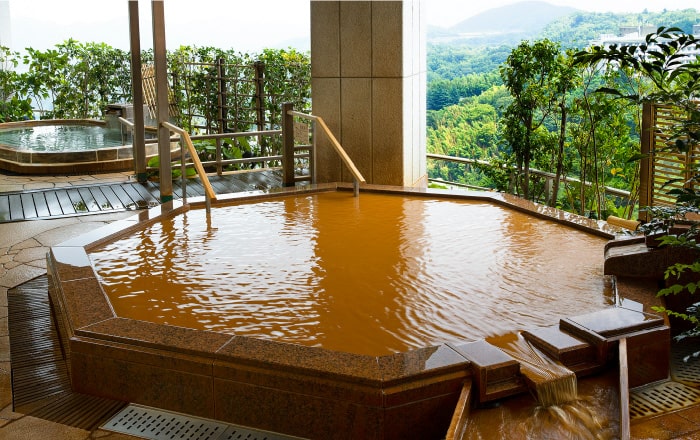
GINSEN

Other attractions at Arima Onsen
Arima Onsen is home to a number of historical attractions. At Kinsen Park, enjoy the cherry blossoms in spring and fiery foliage in autumn. Walk along the Taikō Bridge, named after Toyotomi Hideyoshi, who is said to have visited Arima, and the Nene Bridge, named after his wife, Nene. Visit Onsenji, a temple said to have been built by a Buddhist monk named Gyoki, in honor of the deities Onamuchi no Mikoto and Sukuna Biko no Mikoto, mythological founders of Arima Onsen.
